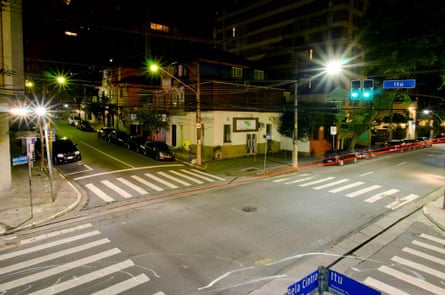Energy efficiency provides the cleanest, cheapest, and quickest solution to meet worldwide energy demand. Long-term energy scenarios developed by the International Energy Agency assign energy efficiency the largest role in reducing carbon emissions to mitigate climate change. This role is much greater than all other means combined, including renewable energy, biofuels, nuclear, or carbon capture and storage.
Energy efficiency is often overlooked globally, and marginalised by more expensive options because it is not easy to sell politically; nor is it popular in the media. This is because energy savings are invisible, whereas big energy infrastructure projects create opportunities for opening ceremonies, evident jobs, media coverage, and all kind of actions that build political capital.
The UN’s Sustainable Energy for All (SE4All) initiative, which promotes global sustainable energy goals, has made an effort to raise the profile of energy efficiency. The organisation recently reported that annual investment in energy efficiency needs to increase four times to meet the SE4All goal of doubling the rate of improvement in energy efficiency by 2030, while annual investment in renewable energy needs to double.
It is true that energy efficiency faces a series of legal, regulatory, institutional, and technical barriers, which are exacerbated in Latin America and the Caribbean. As a result, the region is improving energy efficiency at a rate three times slower than the rest of the world.
However, there are several good and replicable examples of energy efficiency in Latin America and the Caribbean that can be used as models for future programmes. São Paulo, Brazil and Managua, Nicaragua are currently implementing programmes to replace street lights with high-efficiency LED lighting systems. Most countries in the region have banned or are banning incandescent bulbs, including large markets like Brazil, Mexico, and Argentina. Several countries are in the process of approving and/or expanding energy efficiency laws and mandatory labels and standards.
Energy efficiency has also been a product of adversity. In 2001, Brazil was hit by severe droughts that crippled the hydroelectric facilities supplying 87% of its electricity. Faced with the prospect of mass blackouts, the government implemented an innovative emergency energy efficiency plan that offered financial rewards to consumers who cut back on electricity consumption – and expensive penalties to those who didn’t.

Brazil reduced its electricity consumption by 25% in just over two months, and it did so without causing blackouts. An even bigger surprise awaited policymakers in 2002, after the drought ended and the government discontinued the incentives and penalties. Contrary to expectations, electricity consumption did not return to previous levels. In fact, it took almost four years for Brazil’s electricity consumption to reach pre-2000 levels. This experience indicated that electricity consumption reductions as high as 25% are possible when the population is properly mobilised and engaged.
Countries like Brazil will now have more financial and institutional backing for energy efficiency programmes because the SE4All 2030 targets now form part of sustainable development goal number seven, approved by the United Nations at the weekend. This is expected to provide new impetus for investment in energy efficiency and renewable energy programmes. The end result, given the commitment made by 193 countries to the post-2015 development agenda, will be to provide sustainable energy to underserved populations.
Latin America and the Caribbean, a region with great potential for efficiency savings, now has the support of SE4ALL and the UN post-2015 development agenda to help double rates of energy efficiency by 2030. In order to reach this goal, governments and the private sector should learn from existing success stories and pursue a more ambitious energy efficiency agenda. With the right combination of cost-effective, forward-looking measures, the region could potentially become an example for other developing regions.
Arnaldo Vieira de Carvalho is a senior energy specialist at the Inter-American Development Bank. Follow @the_IDB on Twitter.
Join our community of development professionals and humanitarians. Follow@GuardianGDP on Twitter. Join the conversation with the hashtag #EnergyAccess.
